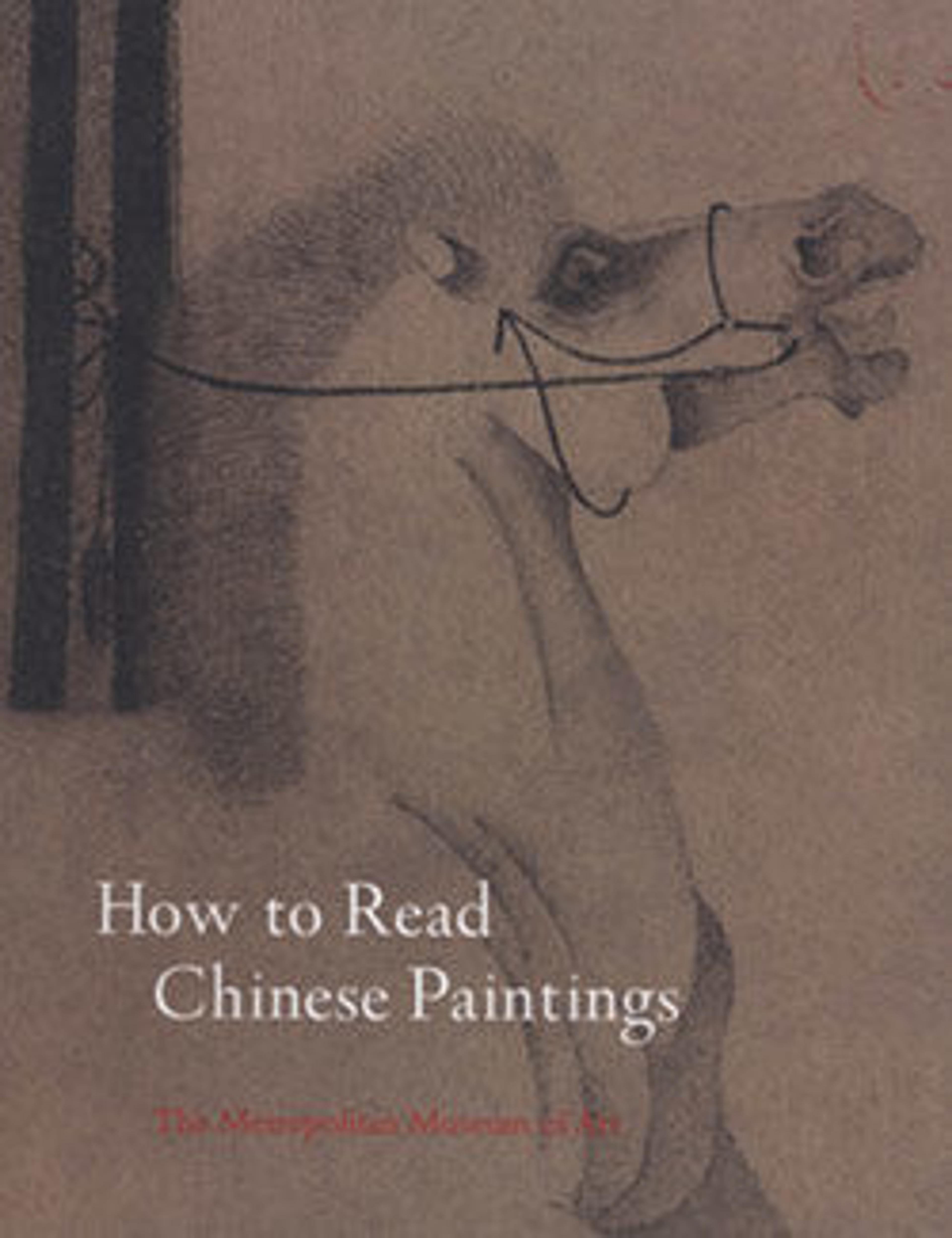Four anecdotes from the life of Wang Xizhi
The emperor Yuan Renzong (r. 1312–20) is said to have remarked that no one could compare with Zhao Mengfu, who possessed seven outstanding qualities: Song royal ancestry, elegant appearance, wide learning, pure character and righteous conduct, literary accomplishment, skill in calligraphy and painting, and profound knowledge of Buddhist and Daoist teachings.
As a leading calligrapher, Zhao advocated a return to ancient models, successfully integrating styles of the Jin (265–420) and Tang (618-907) dynasties to create a new synthesis in both regular and cursive scripts. During the fourteenth century, the typefaces of printed books were modeled after his regular script, while his cursive script, seen here, formed the basis for many later writers' informal writing styles.
Four Anecdotes from the Life of Wang Xizhi testifies to Zhao's devotion to the "Sage of Calligraphy," Wang Xizhi (303–361). Strongly influenced by Wang's style, this scroll dates to about 1310.
As a leading calligrapher, Zhao advocated a return to ancient models, successfully integrating styles of the Jin (265–420) and Tang (618-907) dynasties to create a new synthesis in both regular and cursive scripts. During the fourteenth century, the typefaces of printed books were modeled after his regular script, while his cursive script, seen here, formed the basis for many later writers' informal writing styles.
Four Anecdotes from the Life of Wang Xizhi testifies to Zhao's devotion to the "Sage of Calligraphy," Wang Xizhi (303–361). Strongly influenced by Wang's style, this scroll dates to about 1310.
Artwork Details
- 元 趙孟頫 行書右軍四事 卷
- Title: Four anecdotes from the life of Wang Xizhi
- Artist: Zhao Mengfu (Chinese, 1254–1322)
- Period: Yuan dynasty (1271–1368)
- Date: 1310s
- Culture: China
- Medium: Handscroll; ink on paper
- Dimensions: Image: 9 5/8 x 46 1/16 in. (24.4 x 117 cm)
Overall with mounting: 10 7/16 in. x 27 ft. 1 1/8 in. (26.5 x 851.2 cm) - Classification: Calligraphy
- Credit Line: Bequest of John M. Crawford Jr., 1988
- Object Number: 1989.363.30
- Curatorial Department: Asian Art
Audio
7465. Four Anecdotes from the Life of Wang Xizhi
0:00
0:00
We're sorry, the transcript for this audio track is not available at this time. Please email info@metmuseum.org to request a transcript for this track.
More Artwork
Research Resources
The Met provides unparalleled resources for research and welcomes an international community of students and scholars. The Met's Open Access API is where creators and researchers can connect to the The Met collection. Open Access data and public domain images are available for unrestricted commercial and noncommercial use without permission or fee.
To request images under copyright and other restrictions, please use this Image Request form.
Feedback
We continue to research and examine historical and cultural context for objects in The Met collection. If you have comments or questions about this object record, please contact us using the form below. The Museum looks forward to receiving your comments.
